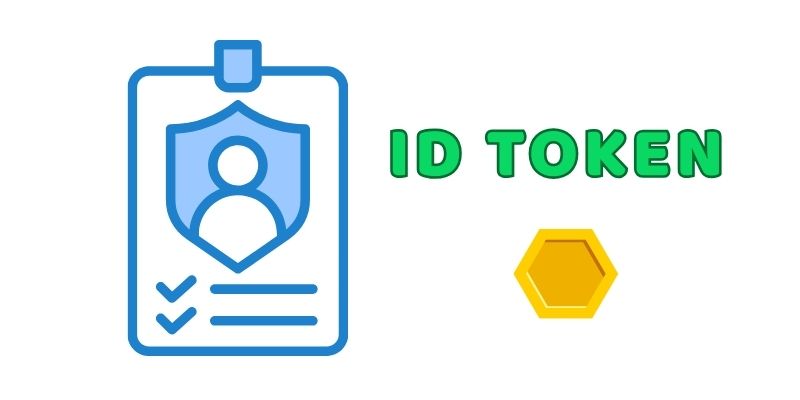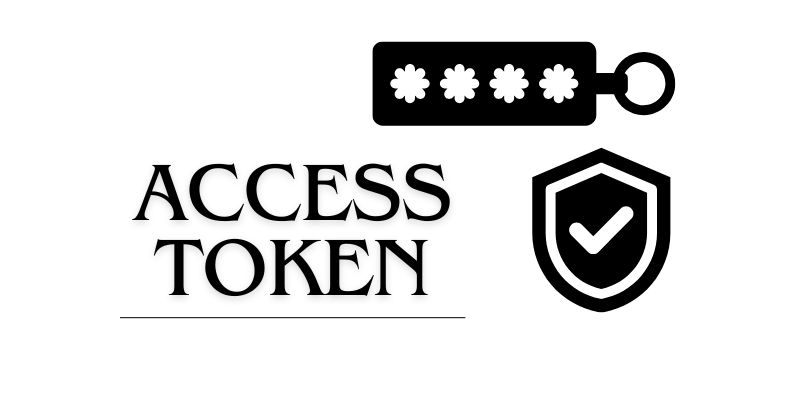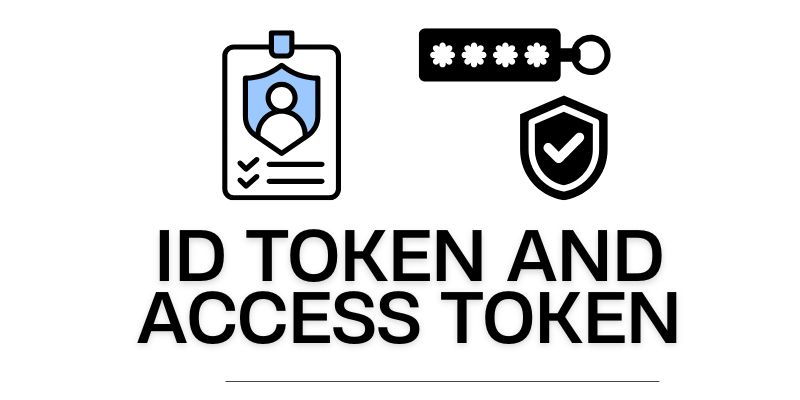In modern web and mobile applications, ensuring secure authentication and authorization is crucial. Two important concepts that help achieve this are ID Token and Access Token. These tokens are commonly used in protocols such as OAuth 2.0 and OpenID Connect.
While they may seem similar, they serve distinct purposes in the authentication and authorization process. In this article, we will dive into the differences between ID Token vs Access Token, helping you better understand their functions and use cases.
Contents
ToggleWhat is an ID Token?
An ID Token is a security token used for authentication. It is issued by an Identity Provider (IdP) after the user has successfully authenticated. The purpose of an ID Token is to verify the identity of the user, providing information such as the user’s name, email address, and other relevant claims. This token helps applications know who is using their service.

Typically, an ID Token is in the form of a JWT (JSON Web Token). It contains several claims, including:
sub(subject): The identifier for the user.aud(audience): The intended recipient of the token (usually the client or application).exp(expiration): The time when the token expires.
However, it’s important to note that an ID Token is not used for accessing resources or APIs directly. Its primary role is to authenticate the user and confirm their identity.
What is an Access Token?
An Access Token, on the other hand, is a credential used for authorization. After the user consents to grant access to their resources, the Identity Provider issues an Access Token. This token is sent by the client to the Resource Server (API server) to request access to a user’s protected resources.

The Access Token allows applications to access data or perform actions on behalf of the user, such as retrieving user information, sending emails, or managing resources. Unlike the ID Token, which is only concerned with the user’s identity, the Access Token is primarily concerned with granting access to protected APIs and services.
Like the ID Token, the Access Token may also be in JWT format. However, unlike the ID Token, it often contains less information about the user and focuses mainly on the authorization aspects. The Access Token is usually valid for a shorter duration, ensuring better security by limiting the window of exposure.
ID Token vs Access Token: Key Differences
To help clarify their distinct roles, here is a comparison of the key differences between ID Token vs Access Token:
Purpose
- ID Token: Authenticates the user and provides proof of the user’s identity.
- Access Token: Grants authorization to access specific resources or APIs on behalf of the user.
Usage
- ID Token: Used by the client application to verify the identity of the user. It helps identify who is logged in.
- Access Token: Sent to the resource server (API) to authorize access to user data and perform operations.
Contents
- ID Token: Contains user identity information, such as
sub(subject),name, andemail. It may include other claims but is focused on the user’s identity. - Access Token: Does not typically contain personal user information. It is a token for authorization and may include information related to the scope of access and expiry time.
Format
- ID Token: Often in JWT format and contains user-related claims.
- Access Token: May also be in JWT format but is primarily focused on the permissions and authorization granted, not user details.
Expiration Time
- ID Token: Typically has a longer lifespan than an Access Token because its role is mainly to authenticate the user.
- Access Token: Has a shorter lifespan for security purposes, minimizing the window for misuse if compromised.

When Should You Use ID Token vs Access Token?
Understanding when to use each token is crucial for ensuring that your application adheres to best practices in security. Here’s when you should use each type of token:
- Use an ID Token when you need to authenticate the user and verify their identity. For example, when logging the user into your application or providing personalized content based on the user’s information.
- Use an Access Token when you need to authorize the client to access protected resources or APIs. For example, when your application needs to fetch user data from an external API or modify the user’s resources.
While both ID Token and Access Token are important elements in the OAuth 2.0 and OpenID Connect protocols, they serve different purposes. The ID Token is used primarily for authentication, while the Access Token is used for authorization to access protected resources. Understanding the differences between these two tokens is vital in building secure and effective authentication and authorization systems in your applications.
By properly implementing and managing these tokens, you can ensure your system remains secure, user-friendly, and compliant with industry standards. So, the next time you encounter ID Token vs Access Token, you will have a clear understanding of their roles and how they fit into the broader authentication landscape.


